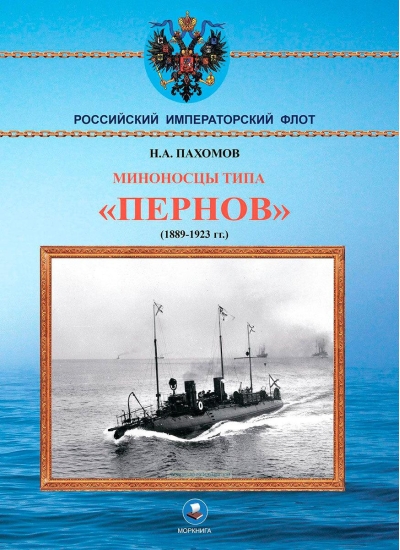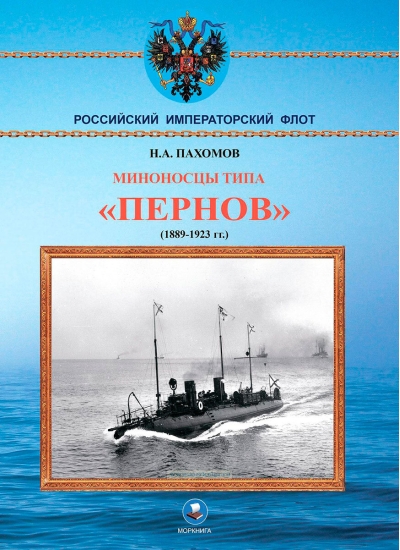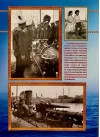Pernov-class torpedo boats 1889–1923
29.99 €
The only thing available 2
A representative of the French shipbuilding school, a destroyer of a new generation with an unthinkable speed of 25.5 knots and powerful weapons consisting of three torpedo tubes, and mechanisms that require skillful handling and do not forgive the slightest mistake - such is the Pernov destroyer.
But if for France this type of destroyer was just one of the stages on the way to creating an ideal destroyer, for Russia, the Pernov was already an embodied ideal and for a long time became the standard of the destroyer. Copyed 24 times, the Pernov became the progenitor of the largest series of destroyers in the Russian fleet, surpassed later, perhaps, only by the famous Falcon.
His service, however, was to sacrifice himself to the factories, thereby compensating for the stinginess of the Naval Office, which had hastened to abandon the purchase of the plans of the destroyer. After dissection, the former ship turned into a disabled Baltic Fleet, immediately obscured by other hobbies of the Marine Department.
The ships of the series took part in the Cretan events on the Mediterranean Sea, in the Russo-Japanese War, during which the destroyer No. 208 was blown up and killed, and, of course, in the First World War. The service also revealed the shortcomings of the project, including the inefficiency of their water pipe boilers, which did not allow to put the "pipes" in one formation together with the destroyers, who had cylindrical boilers, and weak artillery armament. All this limited their role to coastal defense, and then they were turned into minesweepers.
The book is illustrated with a large number of photos, drawings and schemes.
But if for France this type of destroyer was just one of the stages on the way to creating an ideal destroyer, for Russia, the Pernov was already an embodied ideal and for a long time became the standard of the destroyer. Copyed 24 times, the Pernov became the progenitor of the largest series of destroyers in the Russian fleet, surpassed later, perhaps, only by the famous Falcon.
His service, however, was to sacrifice himself to the factories, thereby compensating for the stinginess of the Naval Office, which had hastened to abandon the purchase of the plans of the destroyer. After dissection, the former ship turned into a disabled Baltic Fleet, immediately obscured by other hobbies of the Marine Department.
The ships of the series took part in the Cretan events on the Mediterranean Sea, in the Russo-Japanese War, during which the destroyer No. 208 was blown up and killed, and, of course, in the First World War. The service also revealed the shortcomings of the project, including the inefficiency of their water pipe boilers, which did not allow to put the "pipes" in one formation together with the destroyers, who had cylindrical boilers, and weak artillery armament. All this limited their role to coastal defense, and then they were turned into minesweepers.
The book is illustrated with a large number of photos, drawings and schemes.
See also:
- All books by the publisher
- All books by the author
- All books in the series Russian Imperial Navy













